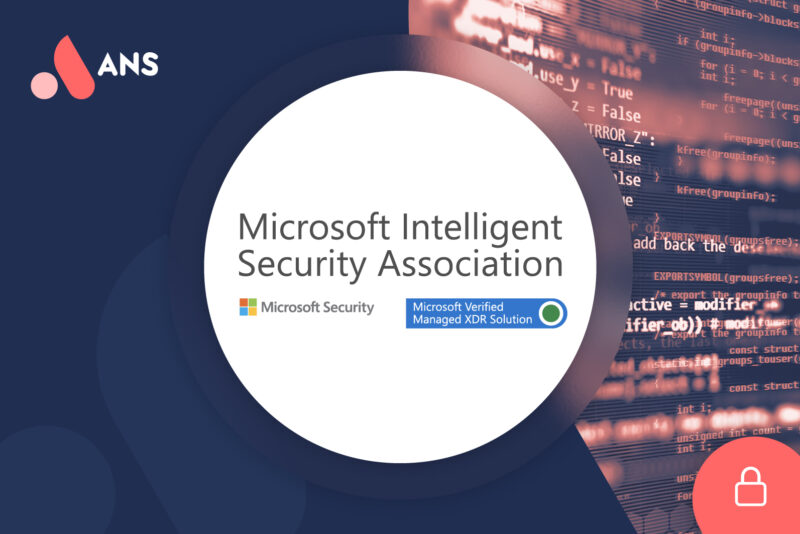On Wednesday 24th November, ANS Security and Connectivity Practice Lead, Mark Johnson was joined by several Higher Education professionals including Heads of Information Security and Heads of Infrastructure from universities across the North such as Warwick University, Manchester University, Durham University and Salford University. Gathering at The Ivy in Manchester City Centre, they discussed how the safety and privacy of students and staff from wherever they’re learning and working, whether that’s on-campus or at home has compounded the complexity of security and privacy management for university IT teams.
With the education sector accounting for 63% of malicious attacks tracked by Microsoft intelligence, it is the most affected industry by 600%. Holding information on everything from students personally identifiable information (PII) to extremely valuable intellectual property, the sector is fiercely targeted by cybercriminals. This has led to the safety of students, faculty, and staff to become a high priority and with the sector under more pressure than ever before to ensure their safety and privacy there is need for a comprehensive system to keep everyone safe.
With many universities moving to cloud infrastructure and offsite SaaS and with security being the topic on everyone’s mind, new SIEM tools are adapting to the cloud era, enabling universities to develop effective ways to collect, monitor and analyse cloud-based security data.
Azure Sentinel is fast becoming the SIEM solution of choice for higher education as a scalable, cloud-native, security information event management (SIEM) and security orchestration automated response (SOAR) solution. Delivering intelligent security analytics and threat intelligence across the enterprise, it provides a single solution for alert detection, threat visibility, proactive hunting and threat response.
There are two main reasons Azure Sentinel stands out, not only from traditional on-premises SIEM systems but also from other cloud-based systems.
- Sentinel provides data capabilities that other threat analytics platforms just can’t touch – with extensive visibility into an organisation’s infrastructure, it can access vast amounts of data across even the largest environments.
- Sentinel continuously monitors this data using advanced, built-in machine learning tools – using advanced AI and ML algorithms, Sentinel will automatically detect multistage attacks at various stages of the kill-chain. This means Sentinel can identify potential threats that other SIEM systems would find very difficult to catch, offering organisations unparalleled protection in one simple, scalable, and cost-effective security solution. Sentinel will also automatically respond to these threats when they occur instead of waiting for a person to respond to the alert.
As a cloud-native SIEM solution, Sentinel will also enable you to scale in response to demand and only pay for the resources you need. You’ll also find there are significant cost savings too with Microsoft stating Sentinel is 48% cheaper and 67% faster to deploy than legacy on-premises SIEMs.
To find out more about Sentinel and how it can benefit your university, check out our ‘Security’ page.





